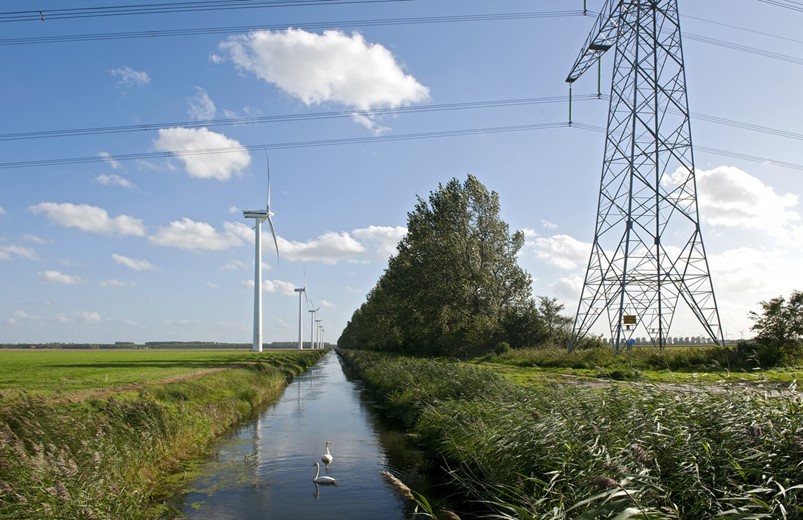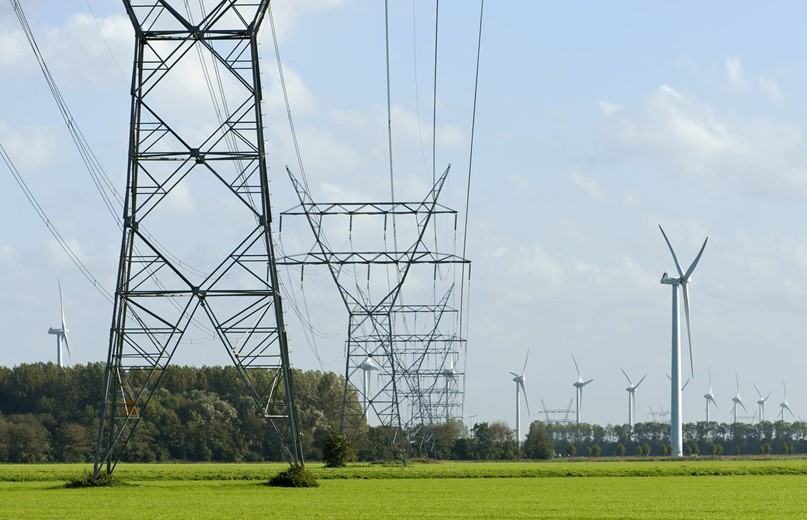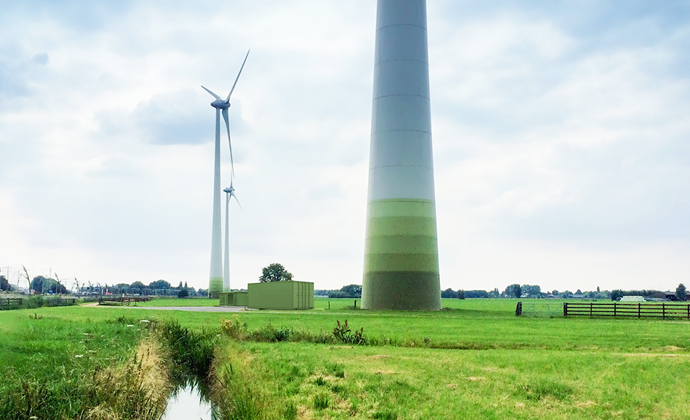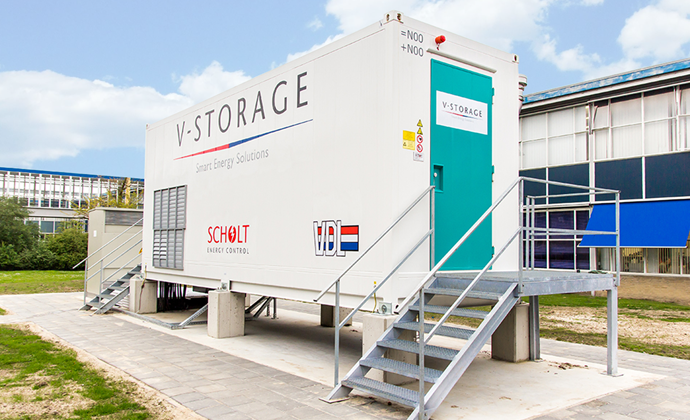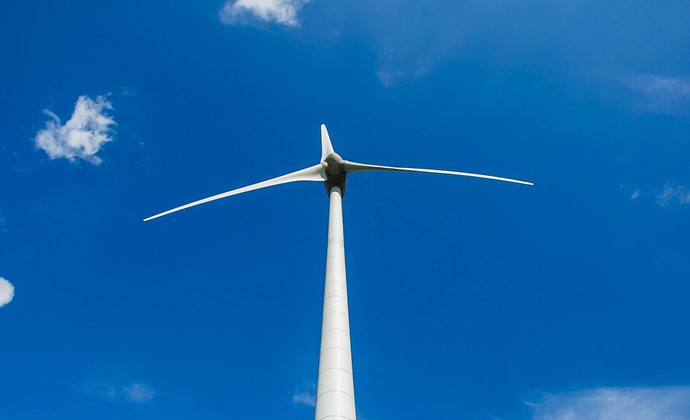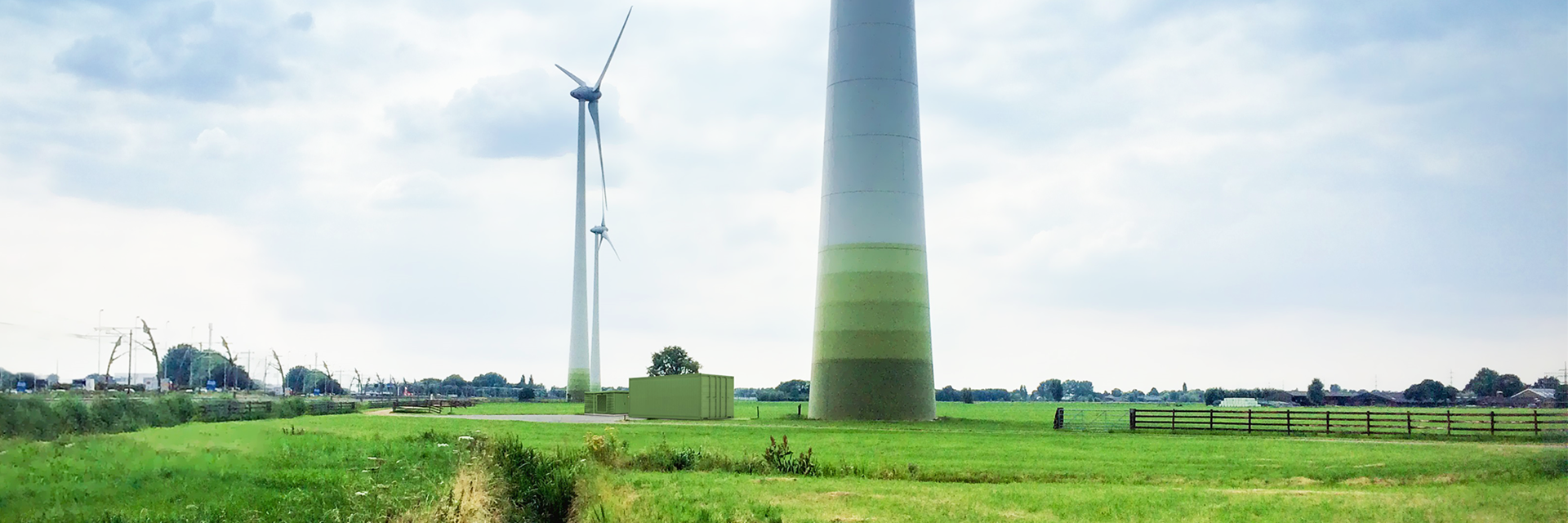
In 2019, TenneT decided to continue the aFRR pilot together with Scholt Energy and six other market parties. After extensive testing, blockchain technology was chosen for the necessary data exchange. The first phase was more successful than expected. The second phase of the pilot commenced at the start of 2020. In this second phase, TenneT is working together with Scholt Energy, Engie, Vandebron and the German Sonnen E-services. All of the companies are contributing their own sources.
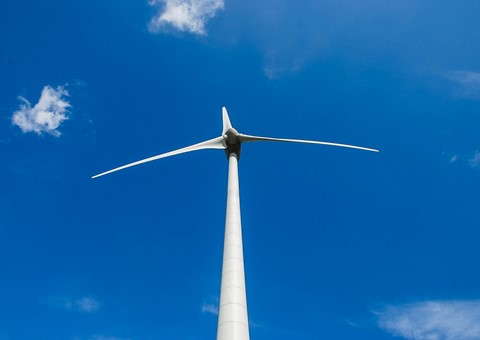
Balancing & Sourcing Manager Walter van Alst from Scholt Energy: “We make daily bids on the control and reserve power market, which are activated by TenneT. These activations are directly linked to our customers’ sustainable energy sources. The entire process is being run through blockchain technology, a communication method that appears to suit this application well.
Using this advanced technology, Scholt Energy is contributing to the real-time balancing of the electricity grid. We have gained a lot of experience with smart energy management in recent years. In this way, we ensure that our customers consume energy optimally, are rewarded for their use of flexibility, and at the same time contribute to the energy transition.”
Energy transition requires flexibility
Conventional power plants and bulk consumers now provide control power. However, the existing electricity network will change due to the energy transition. More and more electricity will be generated sustainably from the wind and sun. As a result, the electricity supply will also fluctuate more and will be difficult to predict. In addition, the number of power plants ensuring a stable electricity supply is decreasing.
These changes will lead to greater demand for the supply of regulating power. TenneT is looking for new sources that can offer flexibility. The capacity of all these sources is utilised through a supplier or ‘aggregator’ in combination with blockchain technology.
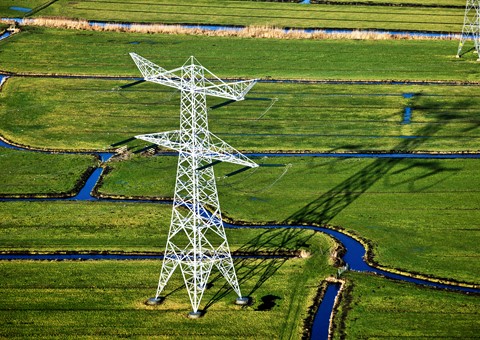
Dutch grid in balance due to regulating power
TenneT is the national grid operator in the Netherlands that is responsible for maintaining the balance on the high-voltage grid. Its job is to maintain the balance between electricity supply and demand and restore it in the event of calamities. The secondary reserve or regulating power is used for the Dutch grid. The international term for regulating power is aFRR, Automatic Frequency Restoration Reserves.
CEO Manon Van Beek from TenneT: “We believe in further unlocking decentralised flexibility and in European harmonisation. This concept appears to work well. We think that the market model could also be applicable for fellow grid managers in other European countries. We are now looking at how we can scale this up further, together with other market players and in other countries.”
Control of wind farms
What does the pilot look like in practice? In response to TenneT’s request, Scholt Energy is working together with technical parties to be able to control Giessenwind wind park within a reaction time of 4 seconds. A wind park’s production depends on wind speeds. It is therefore important to consistently provide TenneT with insight into the available switchable power and to be able to measure in real time how much the wind farm’s power is actually decreasing. This form of regulating power can reduce overproduction on the grid. A biogas installation will also be added later in the pilot, to demonstrate that these assets are also suitable for supplying the aFRR product.
CEO Wim Boonen from Enervalis: “In this pilot, we are showing that volatile energy sources such as wind energy can be controlled flexibly. This contributes to the stability of the electricity grid, despite the fact that volatile sources previously caused imbalance. Enervalis is looking forward to adding other sources of flexibility to the platform in addition to wind energy, and to further scaling up the technology.”
![]() Wind farm Giessenwind is a pilot in the European DRIvE project. DRIvE ensures that initiatives can be developed to provide flexibility in the Demand Response market. This project has received funding from the European Union’ s Horizon 2020 research and innovation programme under grant agreement No 774431.
Wind farm Giessenwind is a pilot in the European DRIvE project. DRIvE ensures that initiatives can be developed to provide flexibility in the Demand Response market. This project has received funding from the European Union’ s Horizon 2020 research and innovation programme under grant agreement No 774431.
